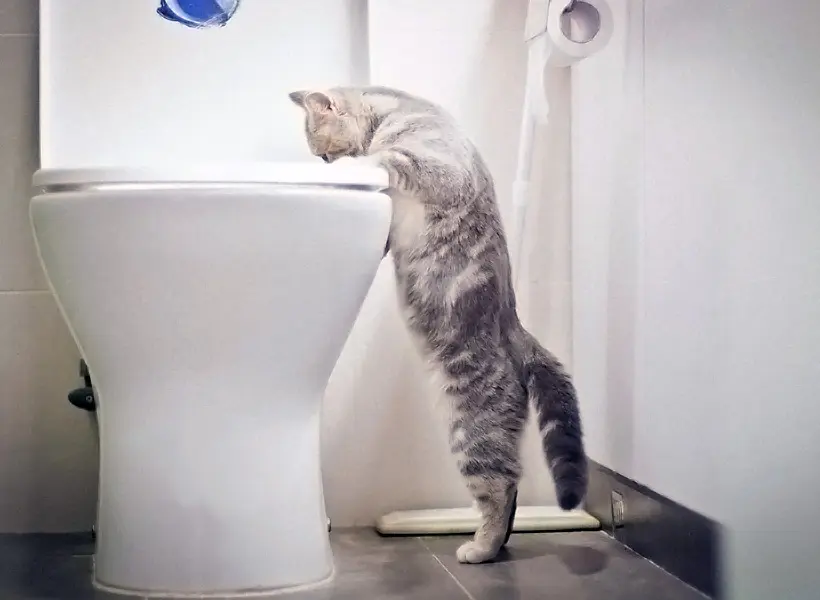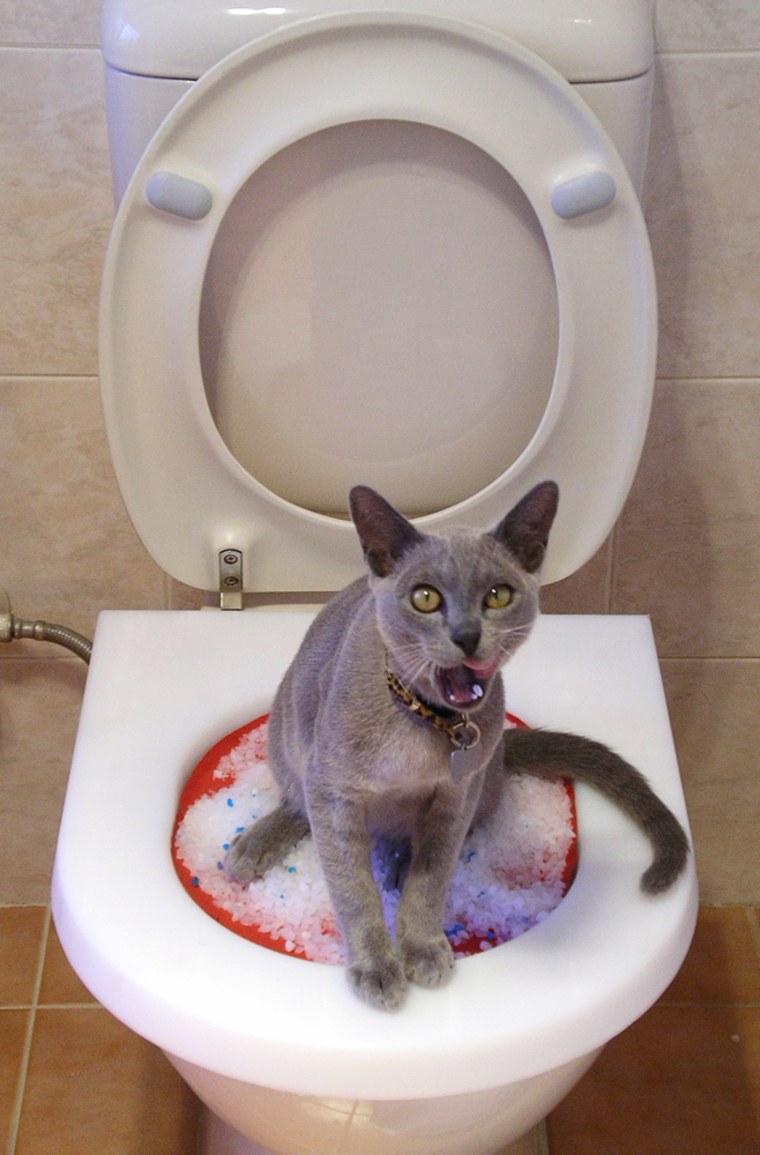Every person may have his or her own piece of advice in relation to 10 Things You Should Never Flush Down The Toilet.

When it involves getting rid of waste, particularly animal waste, many individuals usually consider the hassle-free choice of flushing it down the commode. However, this apparently simple option can have serious repercussions for the atmosphere and public health. In this write-up, we'll check out why flushing pet waste down the toilet is a poor concept and give alternative techniques for correct disposal.
Introduction
Correct garbage disposal is vital for keeping environmental sustainability and public health. While it may appear harmless to purge animal waste down the toilet, it can result in various concerns, both for the atmosphere and human well-being.
Risks of flushing pet waste
Environmental effect
Flushing pet waste introduces hazardous germs and pathogens into rivers, which can negatively influence marine ecosystems. These microorganisms can contaminate water resources and harm marine life, interrupting delicate ecosystems.
Public health issues
Pet waste consists of unsafe microorganisms such as E. coli and Salmonella, which can pose severe wellness dangers to human beings. Flushing animal waste down the toilet can pollute water supplies, leading to the spread of illness and infections.
Alternatives to flushing
As opposed to flushing pet waste down the bathroom, there are a number of alternative disposal methods that are extra eco-friendly and hygienic.
Composting
Composting pet waste is a green method to dispose of it. By composting, raw material is broken down right into nutrient-rich soil, which can be used to feed gardens and plants.
Land fill disposal
Taking care of pet waste in a garbage dump is one more choice. While not as eco-friendly as composting, it is a more secure choice to flushing, as it stops the contamination of water resources.
Animal garbage disposal systems
There are specific animal garbage disposal systems readily available that safely and hygienically deal with pet waste. These systems typically make use of enzymes to break down waste and get rid of odors.
Actions to appropriate pet garbage disposal
To guarantee proper disposal of animal waste, adhere to these actions:
Scooping and getting waste
Frequently scoop and bag pet waste utilizing naturally degradable bags. This avoids waste from polluting the atmosphere.
Making use of assigned waste bins
Dispose of bagged animal waste in designated waste bins, such as compost containers or garbage dump containers. Avoid flushing it down the toilet in any way costs.
Cleaning litter boxes and pet dog locations on a regular basis
Regularly tidy can and animal areas to stop the accumulation of waste and microorganisms. Use pet-safe cleansing items to keep hygiene.
Advantages of correct disposal approaches
Taking on proper disposal approaches for pet waste supplies a number of benefits:
Decreased environmental pollution
Appropriate disposal techniques reduce the risk of environmental pollution, shielding rivers and environments from contamination
Decreased risk of water contamination.
By avoiding flushing pet waste down the commode, the risk of water contamination is considerably minimized, guarding public health.
Boosted sanitation and hygiene
Proper disposal approaches promote much better cleanliness and health, developing a safer atmosphere for both human beings and pets.
Verdict
Finally, flushing pet waste down the toilet is hazardous to the environment and public health. By embracing different disposal techniques and adhering to proper waste management practices, we can lessen the unfavorable impact of animal waste and contribute to a cleaner, healthier earth.
Why You Should Never Flush click here Cat Poop Down the Toilet
A rose by any other name might smell as sweet, but not all poop is created equal. Toilets, and our sewage systems, are designed for human excrement, not animal waste. It might seem like it couldn’t hurt to toss cat feces into the loo, but it’s not a good idea to flush cat poop in the toilet.
First and foremost, assuming your cat uses a litter box, any waste is going to have litter on it. And even the smallest amount of litter can wreak havoc on plumbing.
Over time, small amounts build up, filling up your septic system. Most litter sold today is clumping; it is made from a type of clay that hardens when it gets wet. Ever tried to scrape old clumps from the bottom of a litter box? You know just how cement-hard it can get!
Now imagine just a small clump of that stuck in your pipes. A simple de-clogger like Drano isn’t going to cut it. And that means it’s going to cost you big time to fix it.
For an amusing, graphic tale of what happens when you flush too much litter down the toilet all at once, take a few minutes to read Gene Weingarten’s 2017 Washington Post column “So that’s what happens when you flush cat litter down the toilet.”
Parasitic Contamination
Believe it or not, your healthy kitty may be harboring a nasty parasite. Only cats excrete Toxoplasma in their feces. Yet it rarely causes serious health issues in the cats that are infected. Most people will be fine too if infected. Only pregnant women and people with compromised immune systems are at risk. (If you’ve ever heard how women who are expecting are excused from litter cleaning duty, Toxoplasma is why.)
But other animals may have a problem if infected with the parasite. And human water treatment systems aren’t designed to handle it. As a result, the systems don’t remove the parasite before discharging wastewater into local waterways. Fish, shellfish, and other marine life — otters in particular — are susceptible to toxoplasma. If exposed, most will end up with brain damage and many will die.
Depending on the species of fish, they may end up on someone’s fish hook and, ultimately on someone’s dinner plate. If that someone has a chronic illness, they’re at risk.
Skip the Toilet Training
We know there are folks out there who like to toilet train their cats. And we give them props, it takes a lot of work. But thanks to the toxoplasma, it’s not a good idea.
Leave the toilet to the humans, and accept your future litter cleaning duty.

Regularly tidy can and animal areas to stop the accumulation of waste and microorganisms. Use pet-safe cleansing items to keep hygiene.
Advantages of correct disposal approaches
Taking on proper disposal approaches for pet waste supplies a number of benefits:
Decreased environmental pollution
Appropriate disposal techniques reduce the risk of environmental pollution, shielding rivers and environments from contamination
Decreased risk of water contamination.
By avoiding flushing pet waste down the commode, the risk of water contamination is considerably minimized, guarding public health.
Boosted sanitation and hygiene
Proper disposal approaches promote much better cleanliness and health, developing a safer atmosphere for both human beings and pets.
Verdict
Finally, flushing pet waste down the toilet is hazardous to the environment and public health. By embracing different disposal techniques and adhering to proper waste management practices, we can lessen the unfavorable impact of animal waste and contribute to a cleaner, healthier earth.
Why You Should Never Flush click here Cat Poop Down the Toilet
A rose by any other name might smell as sweet, but not all poop is created equal. Toilets, and our sewage systems, are designed for human excrement, not animal waste. It might seem like it couldn’t hurt to toss cat feces into the loo, but it’s not a good idea to flush cat poop in the toilet.
First and foremost, assuming your cat uses a litter box, any waste is going to have litter on it. And even the smallest amount of litter can wreak havoc on plumbing.
Over time, small amounts build up, filling up your septic system. Most litter sold today is clumping; it is made from a type of clay that hardens when it gets wet. Ever tried to scrape old clumps from the bottom of a litter box? You know just how cement-hard it can get!
Now imagine just a small clump of that stuck in your pipes. A simple de-clogger like Drano isn’t going to cut it. And that means it’s going to cost you big time to fix it.
For an amusing, graphic tale of what happens when you flush too much litter down the toilet all at once, take a few minutes to read Gene Weingarten’s 2017 Washington Post column “So that’s what happens when you flush cat litter down the toilet.”
Parasitic Contamination
Believe it or not, your healthy kitty may be harboring a nasty parasite. Only cats excrete Toxoplasma in their feces. Yet it rarely causes serious health issues in the cats that are infected. Most people will be fine too if infected. Only pregnant women and people with compromised immune systems are at risk. (If you’ve ever heard how women who are expecting are excused from litter cleaning duty, Toxoplasma is why.)
But other animals may have a problem if infected with the parasite. And human water treatment systems aren’t designed to handle it. As a result, the systems don’t remove the parasite before discharging wastewater into local waterways. Fish, shellfish, and other marine life — otters in particular — are susceptible to toxoplasma. If exposed, most will end up with brain damage and many will die.
Depending on the species of fish, they may end up on someone’s fish hook and, ultimately on someone’s dinner plate. If that someone has a chronic illness, they’re at risk.
Skip the Toilet Training
We know there are folks out there who like to toilet train their cats. And we give them props, it takes a lot of work. But thanks to the toxoplasma, it’s not a good idea.
Leave the toilet to the humans, and accept your future litter cleaning duty.

I ran across that review about when doing a search on the internet. Liked our piece of writing? Please share it. Let someone else find it. Many thanks for your time. Kindly pay a visit to our website back soon.
Click Here